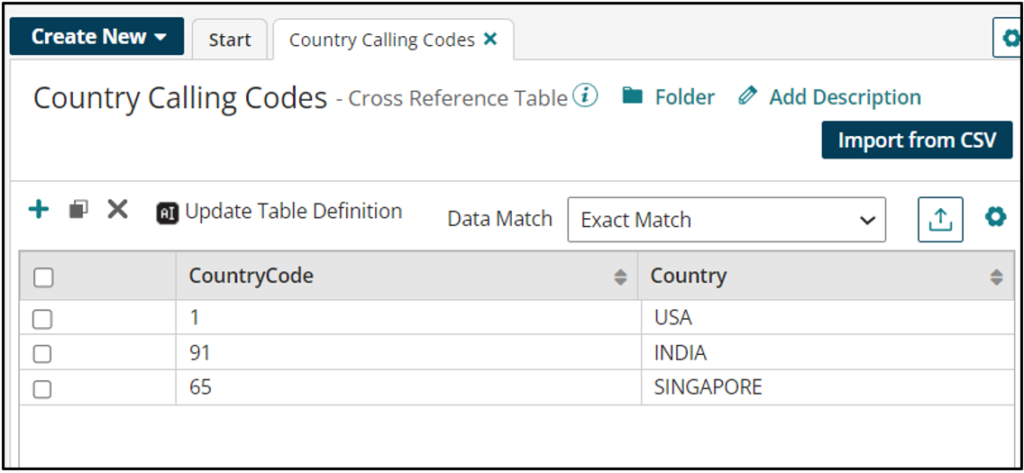What is a Cross Reference table?
Boomi offers several lookup options that may be utilized in data transformations. A cross-reference table is one such lookup in boomi. It provides a simple lookup operation and a better run-time translation.
When a Process executes, contents of the cross-reference table get copied over to the memory which improves processing speed as it is easier to retrieve values from memory than a database lookup.
A cross-reference table can be extended using process extensions.

Configuring a cross reference table:
Below are some of the options supported by a cross-reference table.
- Update Table Definition: It can be used to update table structure i.e column names.
- Add, Copy, and Delete rows: These options can be used to alter table data.
- Data match: This denotes how to retrieve specific data out of the table using correct matching criteria. Below are some of the ways data can be matched from the lookup call.
- Exact Match – Matching requires an exact value to be provided from the lookup call.
- Matches Regular Expression – Matching is done based on the regular expression supported by java.
- Matches Wildcard – Matching done based on boomi wildcard characters like *.
- Export to CSV: This exports table contents to a CSV file
- Enable Atom-specific values: Enabling this option adds a column Atom Name and table rows can be mapped to specific Atom Name / Default. This. This option can be configured as an alternate option to environment extensions which can be used to distinguish lookup based on Atom in which the process gets executed. Rows with Default for Atom Name will be considered for all Atoms.
Note: Environment extensions are at the environment level means it is applicable to all atoms/molecules under that environment whereas Atom-specific configuration is specific to each Atom.

Use Cases:
- Simple lookup functionality that helps with simple data translation like unit conversions, country codes, language codes, status codes, etc.,
- Atom-specific resource path, HTTP parameters can be maintained in a cross-reference table that can be retrieved during an HTTP client connection.
- Atom-specific integration run time properties can be maintained in a cross-reference table.
Cover Photo by Markus Winkler on Unsplash




